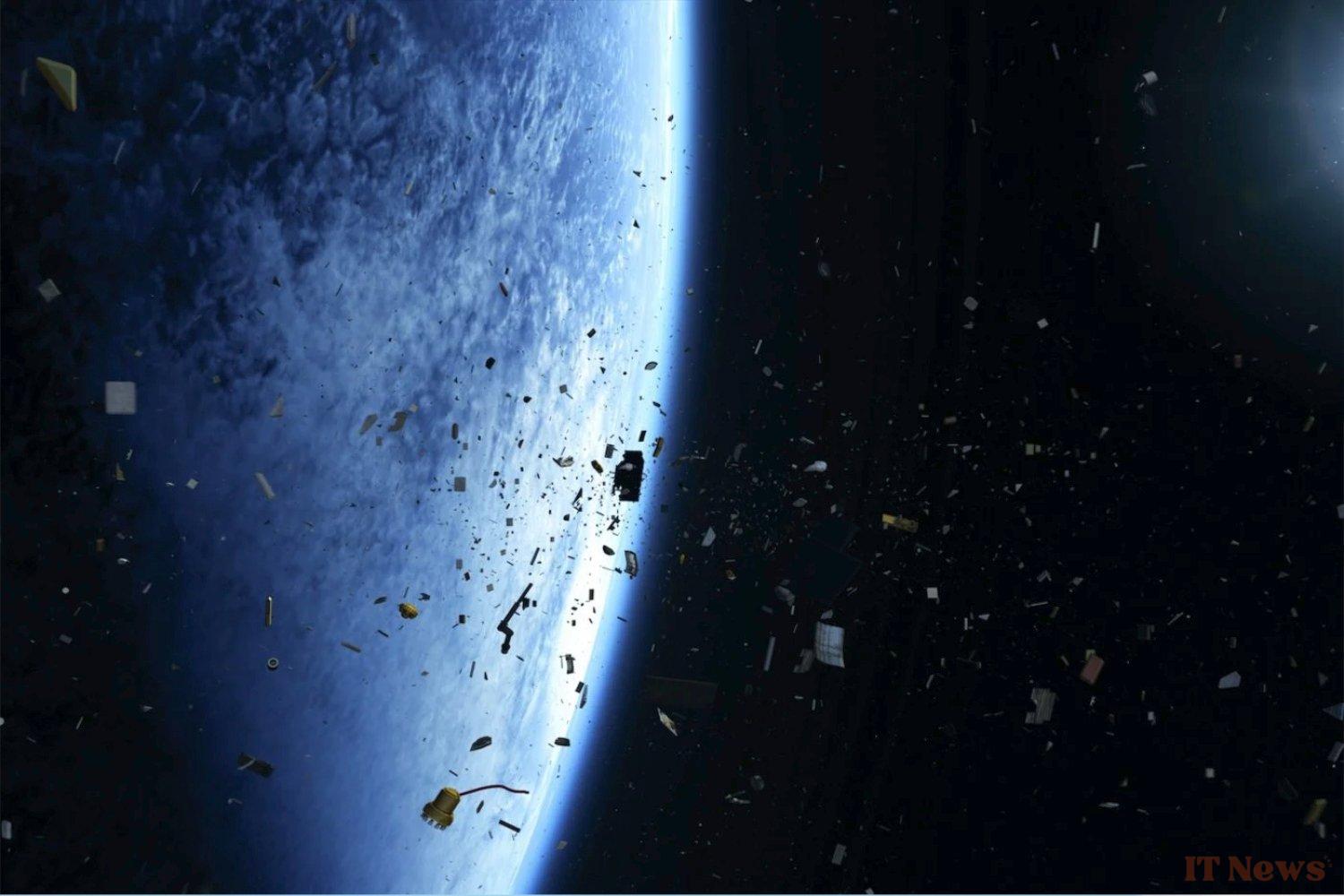This is a reminder from the Massachusetts Institute of Technology (MIT) that should not be taken lightly. By 2100, two-thirds of the satellite constellations located in low Earth orbit, and in particular those of SpaceX (nearly 10,000 Starlink satellites in orbit), could be threatened by climate change, which has triggered an erosion of the upper atmosphere, essential for the development of satellites around the Earth.
As researchers from the prestigious American university pointed out, the most frequented areas of low Earth orbit could lose between 50 and 66% of their capacity reception, "due to greenhouse gases," we can read in the study published Monday, March 10 in Nature Sustainability. A direct impact on the thermosphere (between 80 and 600 km altitude), which "plays a crucial role in the resistance of orbital debris, gradually eliminating it from space," explained to Gizmodo William Parker, PhD student in the MIT Department of Aeronautics and Astronautics.
Understanding the relationship between thermosphere contraction and the threat to low Earth orbit
Greenhouse gases won't have the same impact on Earth as they do in the thermosphere. In fact, the effect will be the opposite: instead of raising the temperature, pollution will tend to lower the temperature at these altitudes. One relationship is clear: greenhouse gases trap heat in the lower atmosphere, near the ground, and cool the upper layers. However, as they cool, they contract and "shrink," becoming thinner and denser. Thus, the areas where satellites are in orbit will no longer be able to benefit as much from this atmospheric layer.
Why is atmospheric friction important for the proper regulation of satellites in low orbit? Quite simply because with this slight resistance on satellites and debris, a natural sorting takes place over time, allowing the oldest stars to be slowed down enough to burn up in the atmosphere and thus "recycle" space. Without this slight resistance, the lifespan of satellites at the end of their life will only be extended, and space debris would multiply dangerously. This would increase the risk of chain collisions, also known as Kessler syndrome, which could make the entire orbit inhospitable.
SpaceX, the first to be affected
“As the atmosphere contracts under the effect of increasing greenhouse gas emissions,” greenhouse effect, debris remains in orbit longer, which increases the risk of uncontrollable cascade collisions," warned the researcher, while the thermosphere is notably known for hosting the International Space Station, which is due to retire at the end of the decade. If the reception capacity of an area is exceeded, the researchers indicate that it would then be necessary to face "uncontrollable instability."
The problem primarily affects SpaceX, which has very quickly become the leading operator in low orbit, and therefore the main one concerned. With its Starlink satellites and democratized access to space through cheaper launches, "more satellites have been launched in the last five years than in the previous 60 years combined," said William Parker.



0 Comments